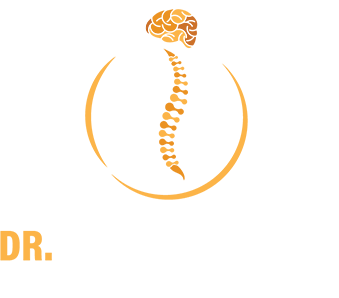Table Of Contents
- What Is Myofascial Pain Syndrome?
- What Causes Myofascial Pain Syndrome?
- What Are The Symptoms Of Myofascial Pain Syndrome?
- How Is Myofascial Pain Syndrome Diagnosed?
- What Is The Treatment For Myofascial Pain Syndrome?
What is Myofascial Pain Syndrome?
Myofascial pain syndrome is a type of chronic pain in which pressure on sensitive spots (trigger points) in the muscles creates pain in the muscles and unrelated sections of the body in the form of referred pain. This syndrome usually develops when a muscle has been repeatedly contracted. Repetitive actions in occupations or hobbies, as well as stress-related muscle tension, can cause this.
While nearly everyone experiences muscle tension pain, myofascial pain syndrome causes suffering that lingers or increases.
What Causes Myofascial Pain Syndrome?
After accidents or excessive usage of muscles, the muscles might develop sensitive patches of tight muscle fibres. These patches are called “trigger points”. A muscular trigger point can produce strain and pain all over the muscle. This pain is referred to as myofascial pain syndrome when it persists and worsens.
Muscle trigger points can be caused by various factors, including muscle strain and stress, as these persons are more inclined to clench their muscles, a type of recurrent strain that causes trigger points in muscles.
What are the Symptoms of Myofascial Pain Syndrome?
The following are some of the signs and symptoms of myofascial pain syndrome:
- Profound muscle soreness in specific places that worsens when the injured muscles are stretched
- Presence of a tender muscle knot that causes significant transferred pain when pushed
- Muscle ache that is deep, persistent and worsening
- Muscles that are stiff, inflexible, or have a limited range of motion.
- Sleeping problems as a result of pain
How is Myofascial Pain Syndrome Diagnosed?
The doctor performs a physical exam to check for myofascial trigger points. The doctor touches painful nodules in the taut bands of the muscles to see if they cause discomfort.
The doctor may discover various distinct forms of myofascial trigger points, including:
- Latent trigger points, nodules that do not elicit pain when touched. They can stay latent for years before becoming active in response to stress or trauma.
- Active trigger points, nodules within a taut ring of muscle that cause extreme pain on touch
- Secondary trigger point, a painful spot in the muscle that activates when another muscle is strained.
- A satellite myofascial point, a painful place that becomes activated due to its proximity to another trigger point.
What is the Treatment for Myofascial Pain Syndrome?
Medication, trigger point injections, and physical therapy are common treatments for myofascial pain syndrome. Although there is no such evidence to support the use of one therapy over another, exercise is a vital part of any therapeutic plan. Medications
The following medications are used to treat myofascial pain syndrome:
- Antidepressants to help reduce pain anxiety
- Sedatives to help with sleep
- Pain
Physical therapy for the syndrome may include stretching, working on the posture and massage.
Pain can also be relieved by injecting a numbing chemical or steroid into a trigger point.
It can be painful to suffer from a chronic pain condition like myofascial pain syndrome. It might be beneficial to speak with a counsellor about the problems.




